Table of Contents
Understanding sea animals vocabulary helps us talk about the incredible creatures that live in the ocean. By learning these words, we can better appreciate marine life and discuss different species, their habits, and their environments. It’s a great way to expand our knowledge while exploring the wonders of the sea. Let’s learn English for sea animals!
List of Sea Animals
- Dolphin
- Whale
- Shark
- Octopus
- Squid
- Jellyfish
- Sea turtle
- Crab
- Lobster
- Seahorse
- Starfish
- Clownfish
- Anglerfish
- Manta ray
- Sea lion
- Eel
- Walrus
- Seal
- Stingray
- Coral
- Manatee
- Narwhal
- Beluga whale
- Swordfish
- Grouper fish
- Tuna
- Barracuda
- Blue whale
- Sea urchin
- Cuttlefish
- Mussel
- Oyster
- Sand dollar
- Clam
- Plankton
- Hippocampus
- Pufferfish
- Moray eel
- Hammerhead shark
- Dugong
- Flying fish
- Shrimp
- Krill
- Lionfish
- Piranha
- Sea cucumber
- Lobster
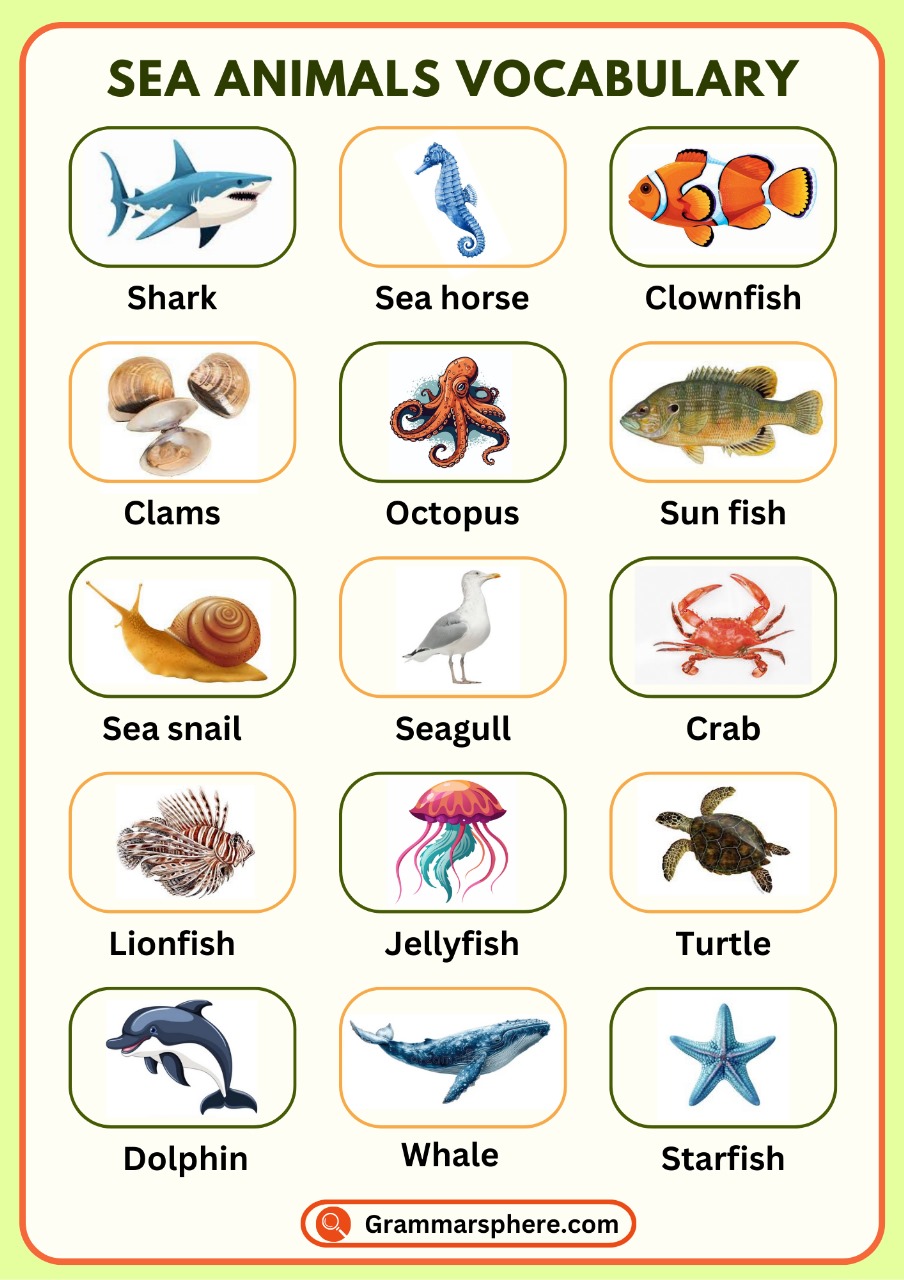
Sea Animals with description
| Sea Animal | Description |
|---|---|
| Dolphin | Dolphins are smart and friendly fish that like to play and live in groups. |
| Whale | Whales are the largest animals in the world and live in oceans. |
| Shark | Sharks are big fish with sharp teeth, and they are great swimmers. |
| Octopus | Octopuses have eight arms and can change their color to blend in with their surroundings. |
| Squid | Squids are like octopuses, but they have two longer arms and can squirt ink to escape. |
| Jellyfish | Jellyfish are soft, see-through animals that float in the water and can sting. |
| Sea Turtle | Sea turtles have hard shells and swim long distances in the ocean. |
| Crab | Crabs have hard shells and walk sideways on the ocean floor. |
| Lobster | Lobsters have big claws and live at the bottom of the ocean. |
| Seahorse | Seahorses are small fish with horse-like heads and are very slow swimmers. |
| Starfish | Starfish have five arms and live on the ocean floor. |
| Clownfish | Clownfish are small, orange fish that live in sea anemones for protection. |
| Anglerfish | Anglerfish have a glowing part on their heads to attract food in the dark ocean. |
| Manta Ray | Manta rays are big fish that glide smoothly through the water with large wings. |
| Sea Lion | Sea lions are playful animals with flippers, and they often balance on rocks. |
| Eel | Eels are long, snake-like fish that live in holes or crevices on the ocean floor. |
| Walrus | Walruses are big animals with long tusks and thick skin, and they live on beaches. |
| Seal | Seals are cute animals that live in cold waters and are good swimmers. |
| Stingray | Stingrays are flat fish with a sharp tail that they use to protect themselves. |
| Coral | Corals are tiny sea animals that live together and form colorful underwater structures. |
| Manatee | Manatees are big, slow-moving animals that eat plants in shallow waters. |
| Narwhal | Narwhals are whales known for their long, spiral tusks. |
| Beluga Whale | Beluga whales are small, white whales with a round forehead. |
| Swordfish | Swordfish have long, flat bills that they use to catch fish. |
| Grouper Fish | Grouper fish are large fish that live in warm ocean waters and hide in rocks. |
| Tuna | Tuna are fast, strong fish that travel in schools across the ocean. |
| Barracuda | Barracudas are long fish with sharp teeth that hunt in the ocean. |
| Blue Whale | Blue whales are the largest animals on Earth and feed on tiny sea creatures called plankton. |
| Sea Urchin | Sea urchins are small, round creatures with spiky shells that live on the ocean floor. |
| Cuttlefish | Cuttlefish are smart, squid-like animals with special skin that can change color. |
| Mussel | Mussels are shellfish that stick to rocks and filter food from the water. |
| Oyster | Oysters are shellfish that live on the ocean floor and sometimes make pearls. |
| Sand Dollar | Sand dollars are flat, round creatures that live on the ocean floor. |
| Clam | Clams are shellfish that burrow into the sand and filter food from the water. |
| Plankton | Plankton are tiny sea creatures that float in the water and are food for many marine animals. |
| Hippocampus | Hippocampus is the scientific name for seahorses. |
| Pufferfish | Pufferfish can puff up into a ball to scare away predators. |
| Moray Eel | Moray eels are long fish that hide in rocks and are often very slippery. |
| Hammerhead Shark | Hammerhead sharks have wide, flat heads and are known for their unique shape. |
| Dugong | Dugongs are large, gentle animals that graze on sea grass in warm waters. |
| Flying Fish | Flying fish can leap out of the water and glide through the air for short distances. |
| Shrimp | Shrimp are small, fast-moving animals with long tails and big eyes. |
| Krill | Krill are tiny creatures that live in the ocean and are an important food source for many animals. |
| Lionfish | Lionfish are beautiful but dangerous fish with long, venomous spines. |
| Piranha | Piranhas are small but dangerous fish known for their sharp teeth. |
| Sea Cucumber | Sea cucumbers are soft, tube-shaped animals that crawl along the ocean floor. |
| Lobster | Lobsters are large, hard-shelled animals with big claws that live on the ocean floor. |
Sea Animals by Types
| Type of Sea Animal | Examples |
|---|---|
| Fish | Sharks, Rays, Tuna, Salmon, Clownfish, Angelfish, Goldfish, Swordfish |
| Mammals | Dolphins, Whales, Seals, Sea Lions, Walruses, Manatees, Dugongs |
| Invertebrates | Jellyfish, Octopus, Squid, Starfish, Sea Urchins, Sea Anemones, Coral, Sea Cucumbers |
| Reptiles | Sea Turtles, Marine Iguanas, Sea Snakes, Saltwater Crocodiles |
| Crustaceans | Lobsters, Crabs, Shrimp, Barnacles, Krill, Prawns, Horseshoe Crabs |
| Mollusks | Clams, Oysters, Mussels, Snails, Squid, Cuttlefish, Octopus, Scallops |
| Echinoderms | Sea Stars, Sea Urchins, Sand Dollars, Sea Cucumbers, Brittle Stars |
| Cnidarians | Jellyfish, Coral, Sea Anemones, Hydrozoans |
| Poriferans | Sponges (like Sea Sponges) |
Facts about Sea Animals
Diverse Species:
There are over 230,000 known marine species in the world’s oceans, and scientists believe there are millions more yet to be discovered.
Deepest Living Animal:
The hadal snailfish is the deepest-living fish ever discovered. It lives at depths of over 26,000 feet in the Mariana Trench.
Bioluminescence:
Some sea animals, like jellyfish and squid, can produce their own light through a process called bioluminescence, which helps them communicate, attract mates, or lure prey.
Sharks are Older than Trees:
Sharks have existed for over 400 million years, predating trees by about 50 million years.
Octopus Intelligence:
Octopuses are known for their intelligence and problem-solving skills. They can open jars, escape tanks, and even use tools.
Whale Songs:
Whales, especially humpback whales, are known for their complex songs, which can last up to 30 minutes and travel through the ocean for miles.
Sea Turtles Travel Long Distances:
Some species of sea turtles, like the leatherback, can travel over 10,000 miles annually across oceans.
Coral Reefs are Vital:
Coral reefs, though they cover less than 1% of the ocean floor, support 25% of all marine life and are considered one of the most diverse ecosystems on Earth.
Starfish Regeneration:
Starfish can regenerate lost limbs and, in some cases, can grow an entirely new body from just one arm and a portion of the central disk.
Mantis Shrimp Vision:
The mantis shrimp has the most complex eyes in the animal kingdom. It can see a wider range of colors than humans, including ultraviolet light.
Seahorse Mating:
Seahorses are unique because the males carry and give birth to the babies, not the females. This makes them one of the few species with this role reversal.
Squid Jet Propulsion:
Squids move by jet propulsion, ejecting water from their bodies to shoot backward quickly, helping them escape predators.
Blue Whales’ Size:
Blue whales are the largest animals to ever exist on Earth, growing up to 100 feet long and weighing as much as 200 tons.
Electric Fish:
Some sea creatures, like the electric eel, can produce electric charges strong enough to stun prey or defend themselves from predators.
Clownfish and Anemones:
Clownfish have a special relationship with sea anemones. They are immune to the stings of the anemones and use them as a safe home from predators.
Habitat Vocabulary
Coral Reefs
Coral reefs are home to a diverse range of sea animals. They provide shelter, food, and breeding grounds for creatures like fish, sea turtles, and sea anemones.
Deep Sea
The deep sea is the darkest and coldest part of the ocean. Animals here include the giant squid and certain species of bioluminescent fish that glow in the absence of light.
Shallow Waters
Shallow waters near the coastline support sea animals like crabs, starfish, and sea horses. These habitats are often rich in plant life, offering plenty of food and protection.
Open Ocean
The open ocean is home to animals like whales, sharks, and dolphins. These animals travel large distances across vast ocean expanses in search of food and mates.
Polar Regions
The cold waters of the polar regions support animals like penguins and seals. These creatures are adapted to extremely cold environments and ice-covered landscapes.
Endangered Sea Animals
Many sea animals are facing the threat of extinction due to human activities, environmental changes, and pollution. Here are 10 examples of endangered sea species:
- Sea Turtles
Sea turtles are critically endangered due to habitat destruction, poaching, and pollution. They rely on beaches to lay their eggs, and many turtle species are at risk of disappearing.
2. Whales
Various whale species, such as the blue whale and the right whale, are endangered due to hunting, ship collisions, and pollution. Their populations have drastically decreased over the years.
3. Sharks
Many species of sharks, including the hammerhead and great white shark, are endangered due to overfishing and the demand for shark fins. These apex predators are vital to ocean ecosystems.
4. Coral Reefs
Coral reefs are crucial for marine biodiversity but are increasingly endangered by climate change, ocean acidification, and pollution. Coral bleaching is threatening these vital underwater ecosystems.
5. Dugongs
Dugongs, also known as sea cows, are endangered due to habitat loss and hunting. These gentle creatures are primarily found in warm coastal waters.
6. Manatees
Also called sea cows, manatees are endangered due to habitat destruction, watercraft collisions, and hunting. They are slow-moving herbivores found in coastal waters.
7. Vaquitas
The vaquita, a small porpoise native to the northern part of the Gulf of California, is critically endangered. It faces extinction due to bycatch in illegal gillnets and pollution.
8. Polar Bears
While typically associated with the Arctic, polar bears rely on sea ice to hunt seals. Climate change and melting ice are major threats to their survival.
9. Oceanic Whitetip Shark
This species is endangered due to overfishing and hunting for their fins. They are found in warm, deep waters and play a vital role in the marine food chain.
10. Giant Clams
Giant clams are threatened by overharvesting, pollution, and habitat loss. These marine mollusks can grow large and live for many years but face danger due to illegal trade and environmental stress.
FAQS:
What are 10 animals that live in the ocean?
Some of the animals that live in the ocean include sharks, dolphins, whales, jellyfish, octopuses, sea turtles, seahorses, crabs, squid, and starfish. These creatures thrive in different parts of the ocean, from shallow coastal areas to the deepest ocean floors, each playing a unique role in marine ecosystems.
How do you describe sea animals?
Sea animals are creatures that live in oceans and seas, including fish, mammals, reptiles, and invertebrates. They have adapted to underwater life with features like fins, gills, and saltwater survival abilities.
What is a word for sea animals?
A word for sea animals is marine animals. This term refers to animals that live in or are found in the ocean or sea.
What are 5 facts about sea animals?
Sharks have existed for over 400 million years, even before trees.
Octopuses are highly intelligent and can solve complex problems.
Whales communicate through songs that can travel miles underwater.
Sea turtles can travel over 10,000 miles annually across oceans.
Starfish can regenerate limbs and sometimes even grow a whole new body.
You May Also Like

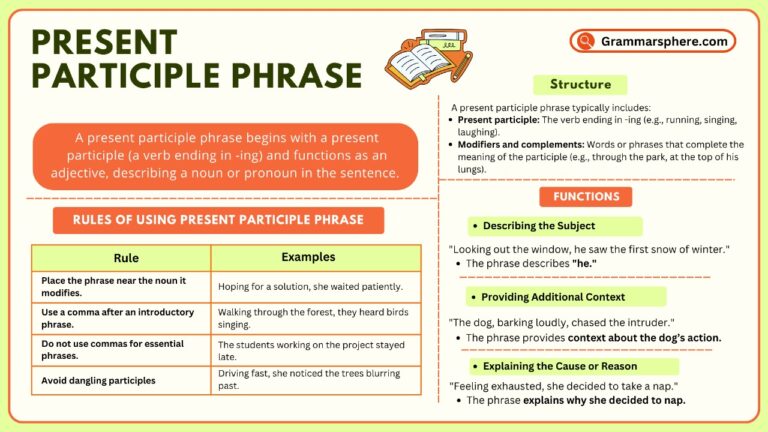
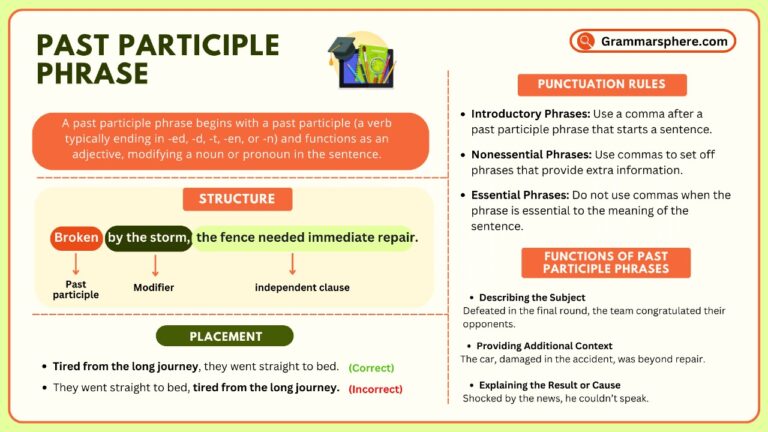
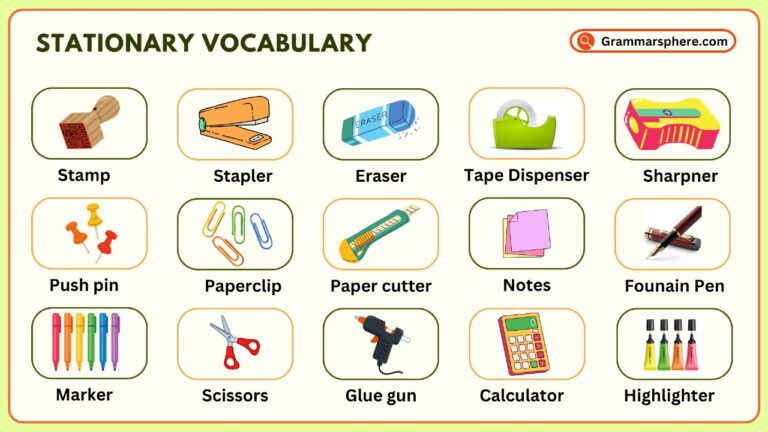
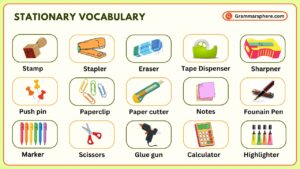
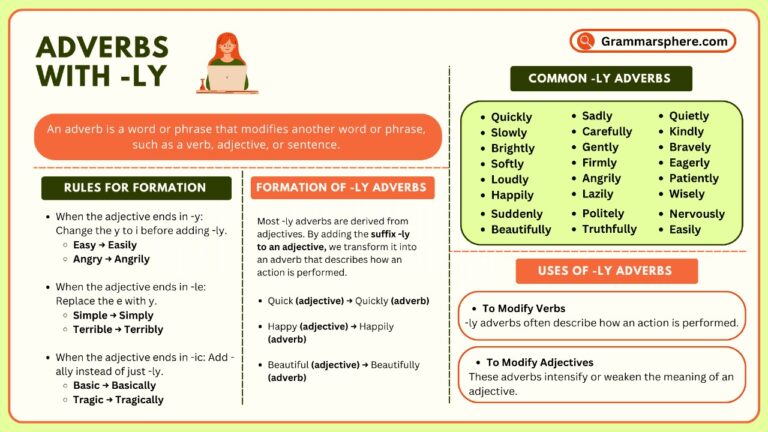

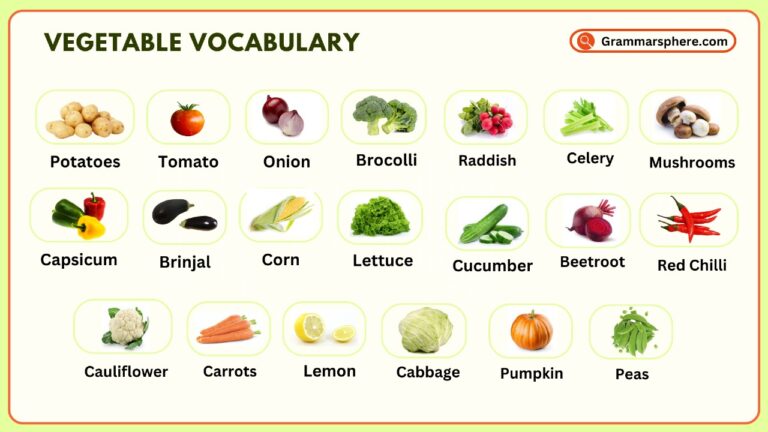

Leave a Comment